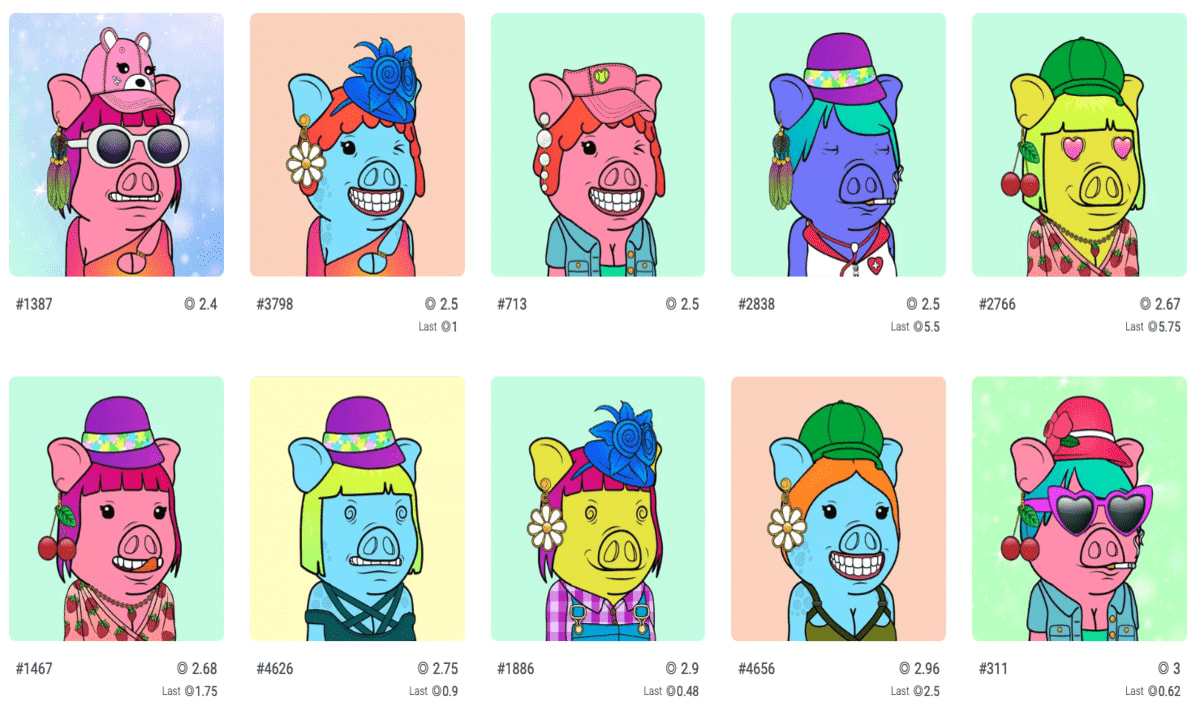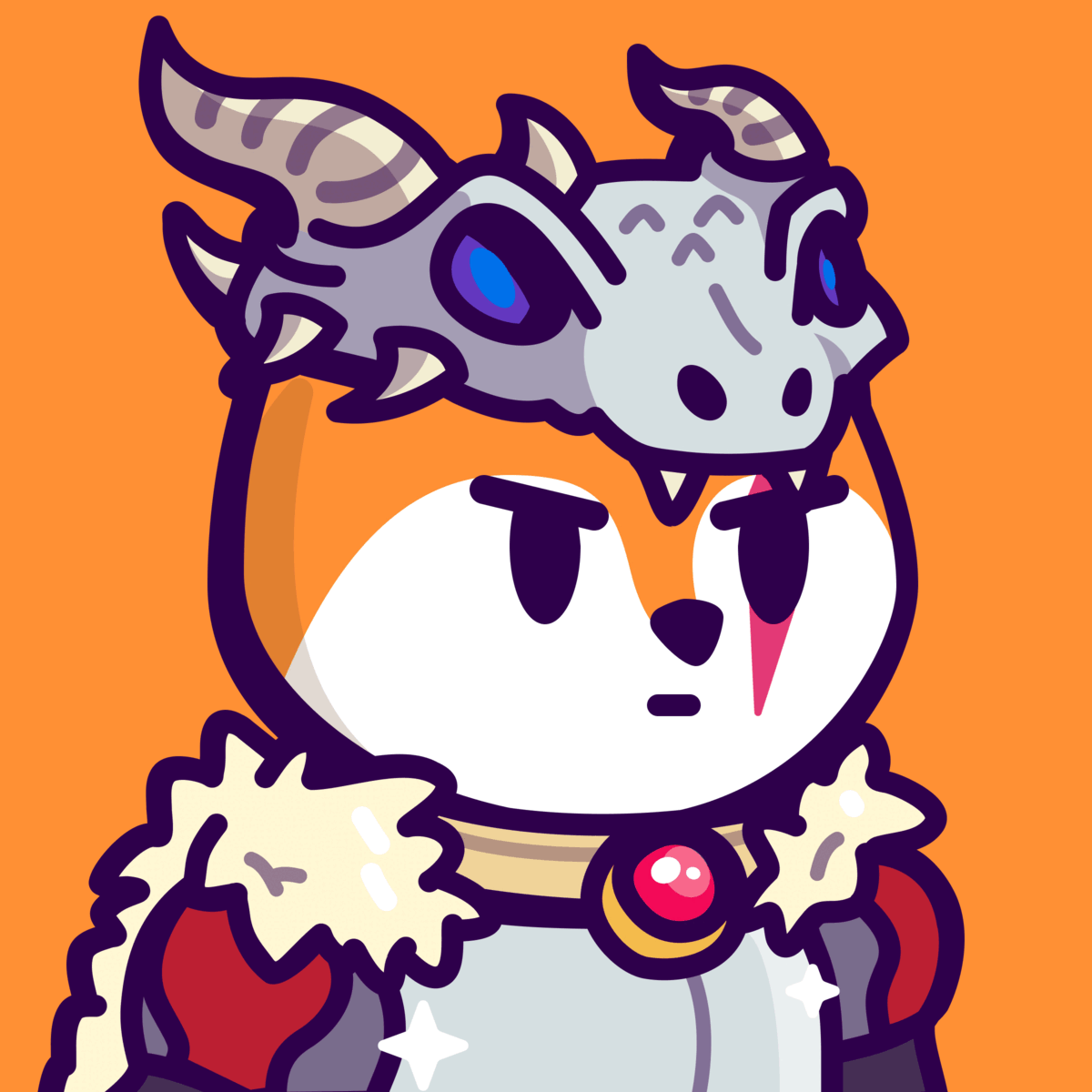
Solana NFTs have rapidly gained traction in the expanding world of non-fungible tokens (NFTs), thanks to the platform's robust architecture and efficient transaction processing capabilities. Here's a brief history and some key facts about Solana NFTs:
Solana, founded in 2017 by Anatoly Yakovenko, is a blockchain platform designed for high-speed decentralized applications (dApps) and smart contracts.
The rise of NFTs in recent years has seen Solana emerge as a popular choice for minting, trading, and showcasing digital assets due to its speed and scalability.
The Solana ecosystem has experienced rapid growth, with various projects launching NFT marketplaces, gaming platforms, art galleries, and decentralized finance (DeFi) applications on the network.
Solana NFTs have been integrated with leading NFT marketplaces and platforms such as Metaplex, Solsea, and Digital Eyes, providing creators and collectors with a diverse range of options for minting, buying, and selling NFTs.
Key characteristics of Solana NFTs include scalability, low transaction fees, fast transaction finality, interoperability with other blockchain networks, and strong community engagement.
Overall, Solana NFTs represent a dynamic and rapidly evolving sector within the broader NFT landscape, offering innovative solutions for creators and collectors to participate in the burgeoning digital asset economy.


This project aims to provide valuable insights into the dynamics of NFT minting and burning activities on Solana, which can be useful for NFT creators, collectors, investors, and platform developers. The findings can inform decision-making processes, investment strategies, and platform optimizations within the Solana NFT ecosystem.
Burning refers to the deliberate and permanent removal of a certain quantity of cryptocurrency or digital tokens from circulation. Burning tokens effectively reduces the total supply of the cryptocurrency, often done to achieve specific goals or outcomes within a blockchain ecosystem.
Overall, burning tokens is a powerful mechanism that can have various implications for the economics, governance, and utility of a cryptocurrency or token. It's often used strategically by blockchain projects to achieve specific objectives and optimize the functionality of their ecosystems.
Minting refers to the process of creating new digital assets or tokens on a blockchain network. It is akin to the process of printing money in traditional finance, where new currency is brought into circulation.
In the case of non-fungible tokens (NFTs), minting involves the creation of a unique digital asset representing ownership or authenticity of a particular item, such as digital artwork, collectibles, virtual real estate, or any other form of digital content.
When an NFT is minted, a smart contract on the blockchain is typically utilized to generate a unique token with specific attributes, metadata, and ownership information. This token is then stored and recorded on the blockchain, making it immutable and transparent.
Minting NFTs often involves providing certain details about the asset being tokenized, such as its title, description, image, and any other relevant metadata. Additionally, creators may choose to set parameters such as edition size, royalties, or unlockable content associated with the NFT.
Once minted, NFTs can be bought, sold, traded, or transferred among users on various NFT marketplaces or platforms, enabling creators to monetize their digital creations and collectors to acquire unique digital assets.
Overall, minting plays a crucial role in the NFT ecosystem, facilitating the creation and distribution of unique digital assets and fostering creativity, innovation, and economic opportunities in the digital real.
Below are recent insights of Solana Minting Activites in